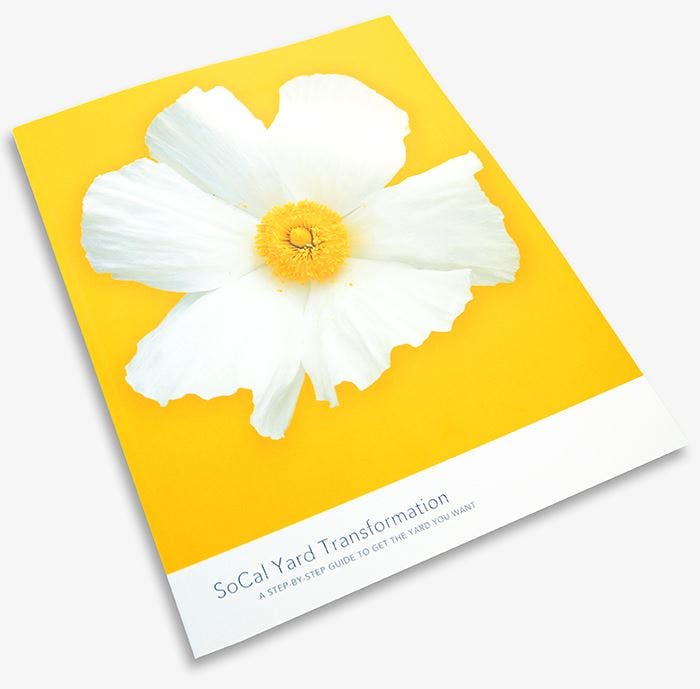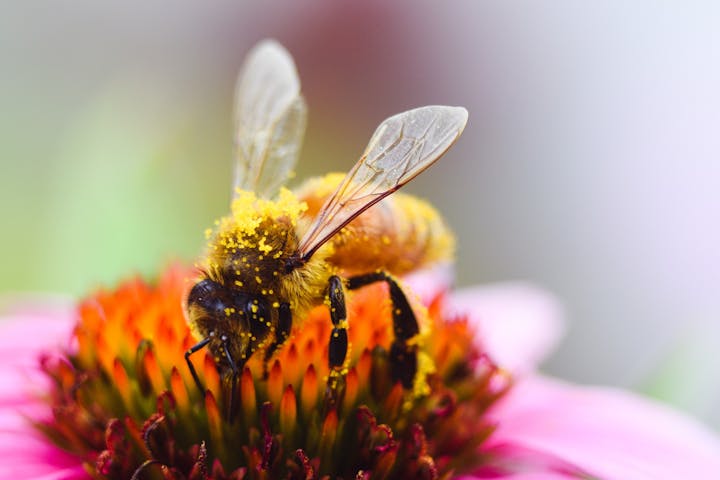Sustainable Yard and Home
There are many things you can do to make your home and yard more sustainable.
Design with a Purpose

When designing and planning your home landscape consider ways that your design can work with rather than against your local environment. Creating spaces that function in harmony with nature, conserve natural resources and create healthy habitats for humans, plants and wildlife.
Here are some tips to consider during the planning process:
- Use water wise, diverse and native landscaping
- Trap storm water to increase water infiltration or to use for irrigation
- Construct pathways using permeable materials to avoid runoff
- Use gray water for reuse in irrigation
- Use recycled or repurposed materials (ex: using granite scraps or broken concrete for pathways)
- Utilize plants that grow food for yourself and for urban adapted wildlife, such as some birds, butterflies and lizards
- Whenever possible, preserve valuable existing vegetation, such as mature trees for shade and bird nesting sites.
- Tree species selection is important. Plant "the right tree in the right place" to meet your space requirements, use objectives, and to minimize maintenance, water, and expense.
- Shade windows and south facing walls with deciduous trees. Deciduous trees lose their leaves in winter, allowing solar rays to reach and warm the house.
- Incorporate a water feature into your design. Water features are not only pleasing to people but provide wildlife with needed water.
- Leave areas of open space, to allow for native ground dwelling bees
Note: When using local native plants in landscaping, consider that most natives grow during our rainy season, fall through spring. With the exception of water-thirsty riparian types, most southern California native plants are dormant or slow-growing in the summer. This is the opposite for common landscape plants that grow slowly, or not at all during the winter, but require regular irrigation throughout the summer.
Develop high quality topsoil, plant a variety of species, and reduce water use.
Soil
When we build soil by adding compost and organic matter (plant debris), we increase soil biological activity and reduce reliance on purchased chemicals and the potential for error in their use. By recycling yard waste and food scraps into compost, "brown gold", we reduce landfill load while creating a nutrient rich, soil amendment.
Like farmers, homeowners can use cultural methods, or cultivation practices, such as:
- Rotating garden crops to different areas each year,
- Planting cover crops for erosion control and beneficial insect habitat,
- Planting green manure crops that add nutrients to the soil, and
- Grass-cycling, leaving lawn clippings on turf to decompose.
Plant Diversity
Planting a variety of plant species reduces the need for pest control. Additionally, when urban landscapes incorporate plants from natural landscapes, they provide habitat for local wildlife that help control pests. When pest control is needed, use nontoxic methods, such as:

- Removal of pests by hand,
- Companion plantings of vegetation with odors that repel some insects, and
- Beneficial insects like ladybugs, praying mantids, lacewings, and dragonflies.
If you must use a pesticide, use one with a least-toxic rating, such as insecticidal soaps, horticultural oils, pyrethrin-based insecticides, and insect growth regulators. Read labels "before you buy and before you apply". Follow directions for use and disposal carefully.
Water
Proper watering produces healthy plants that are less susceptible to disease and pests.
- Apply water with efficient, uniform irrigation systems. Dig into the soil, look and feel for moisture throughout the root zone to determine length of time to run irrigation.
- Place plants with similar watering needs together, and install irrigation systems to apply appropriate water for each hydro-zone or plant grouping. Trees require deep irrigation and may need separate lines.
- Reduce water use by replacing unnecessary lawn areas with native or drought tolerant plants. For the places where you do need a lawn, such as play areas, plant low water-use turf varieties. Surface walkways, drives, and heavy use areas with permeable and recycled materials, like gravel or reusable concrete pieces. Use mulch on bare soils to reduce evaporation and runoff.



